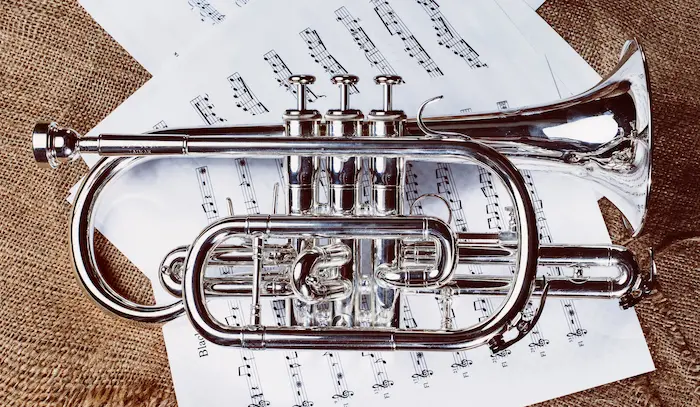Have you ever read a book to your child so many times that you don’t even have to look at the words? Maybe you’ve noticed the way you rhythmically chant the words, until you’re practically singing the story together?
I can picture my “a-ha moment”, over 25 years ago, while I was going through my circle time routine in my preschool classroom with my big book of nursery rhymes: I had been “sing-reading” the various rhymes, until I found myself using the same made-up tunes every day, and, one by one, almost like popcorn popping, the toddlers piped up and joined in the “songs”.
It was right then and there that I thought to myself, “If I can teach them to sing these nonsense nursery rhymes about Jack and Jill falling down a hill, wouldn’t it make more sense for them to sing songs with words that actually have vocabulary and social emotional comprehension-building value and purpose?”
I began testing and refining simple, repetitive songs with my little guinea pigs that taught simple action words and parts of the body. Before I knew it, not only were the children learning from my songs, but the other teachers were asking for me to tape myself singing my songs so they could use them in their classrooms, too.
Yes, tape, as in cassette tape. I’m that many years old as a teacher.
I’m a very picky children’s musician. I’m also really old-fashioned and a believer in keeping things genuine, simple, catchy and fun, without distracting/shrill instrumentation that sensitive listeners might find hard to process. My singing voice sounds just like my speaking voice. I don’t have a costume or a character name. My focus is on three essential categories when it comes to what children can benefit from in the songs they sing/listen to:
- Developing/reinforcing an understanding of language structure
- Serving as a memory aid for specific information (eg. planets, continents, vowels)
- Conveying useful self-regulation language and strategies/developing social-emotional intelligence
Here’s an example of a language development song: “I Wrote This Song”, from “I Know I’ll Grow….”
Here’s an example of a memory aid song:
Here’s an example of a self-regulation song:
For more information about my music, visit www.nancykopman.com, where you’ll find downloadable and physical CD links, helpful blog articles, and more.






